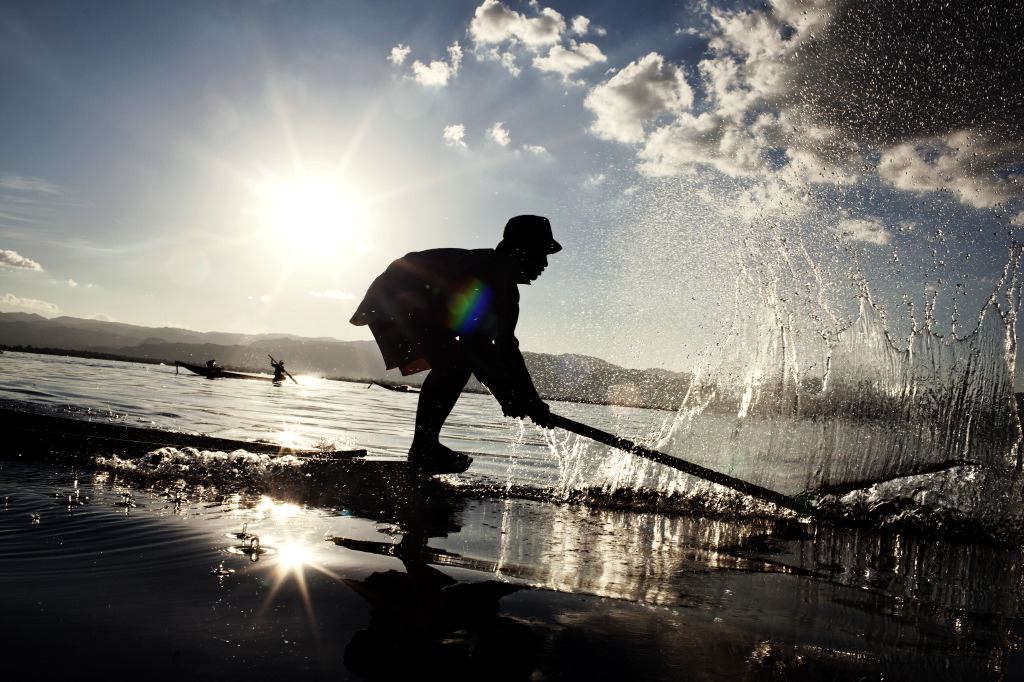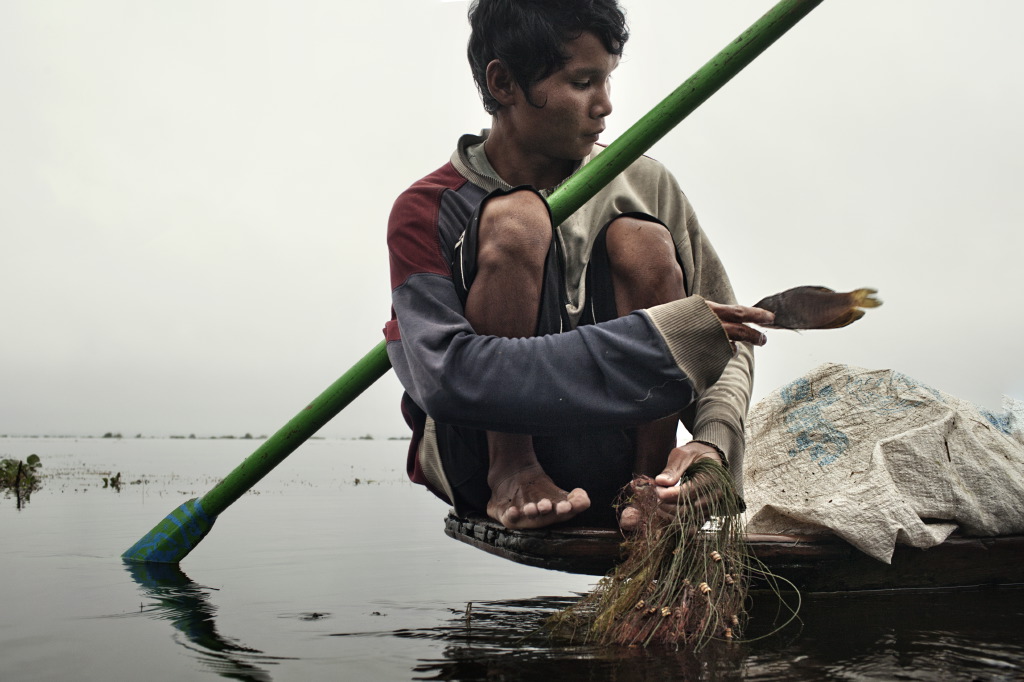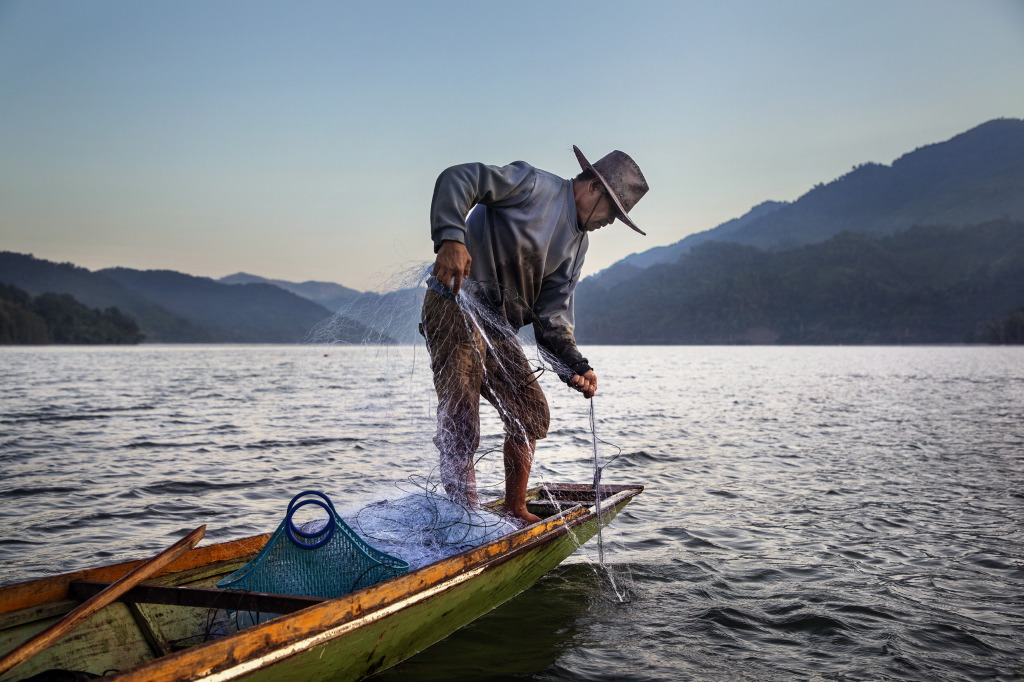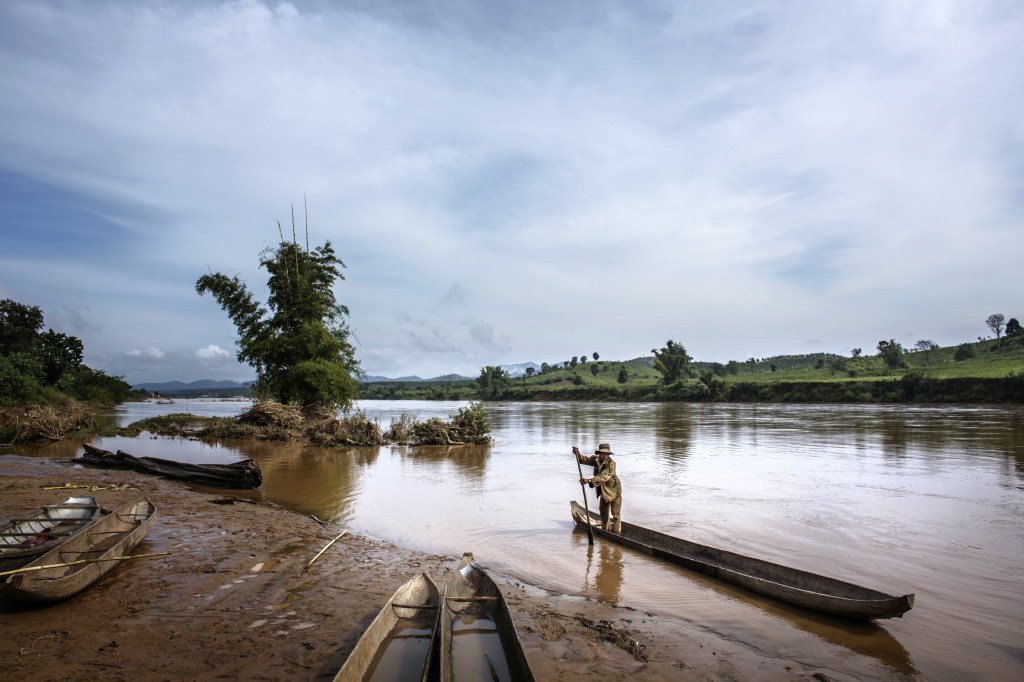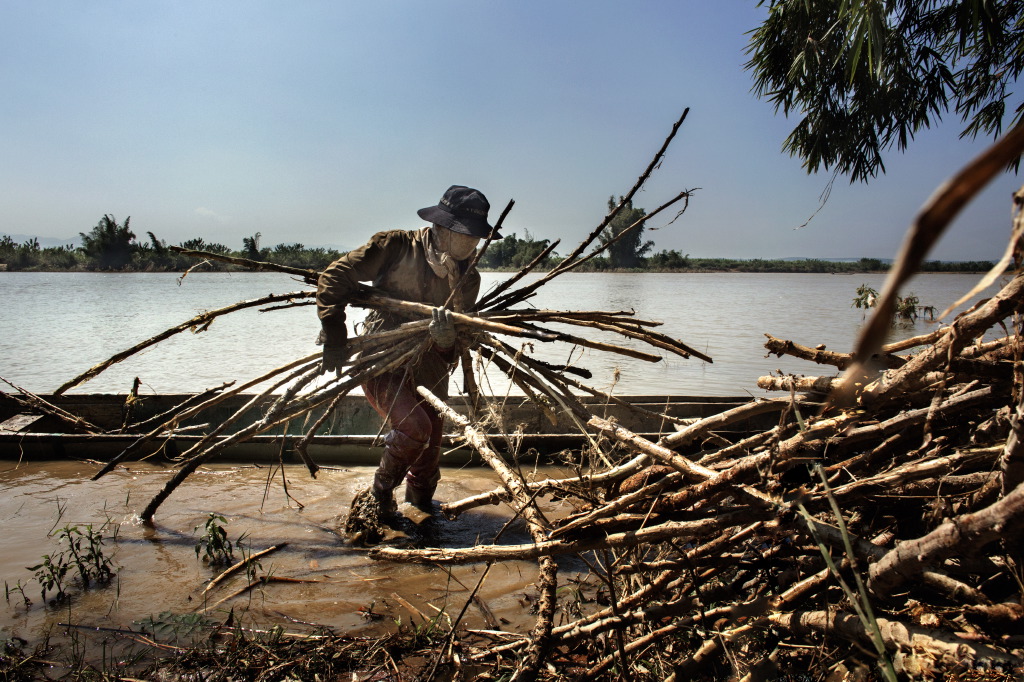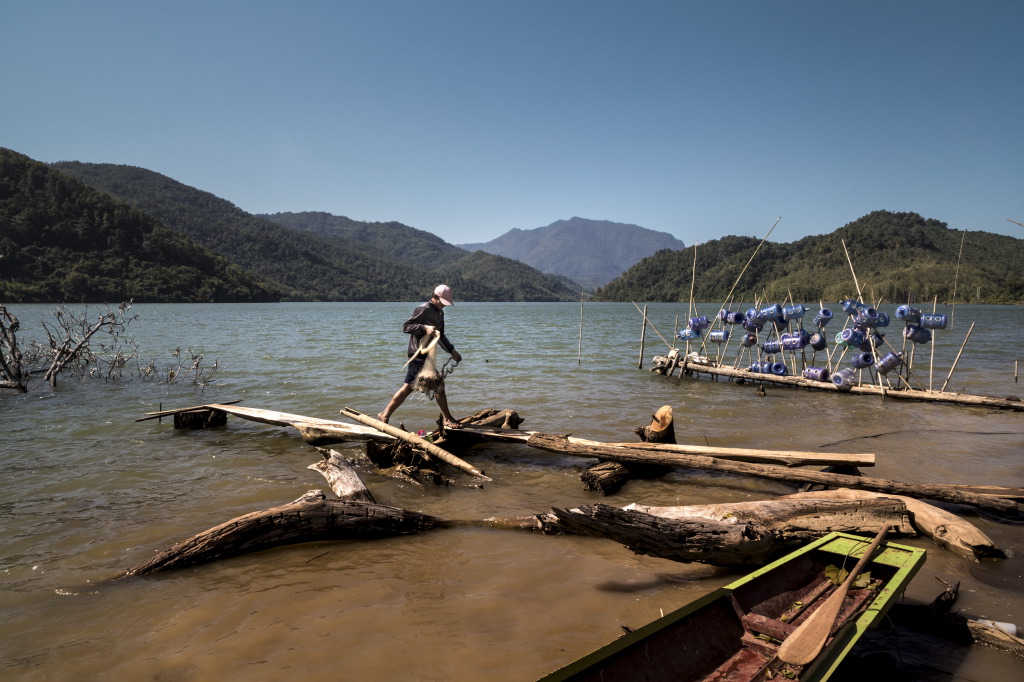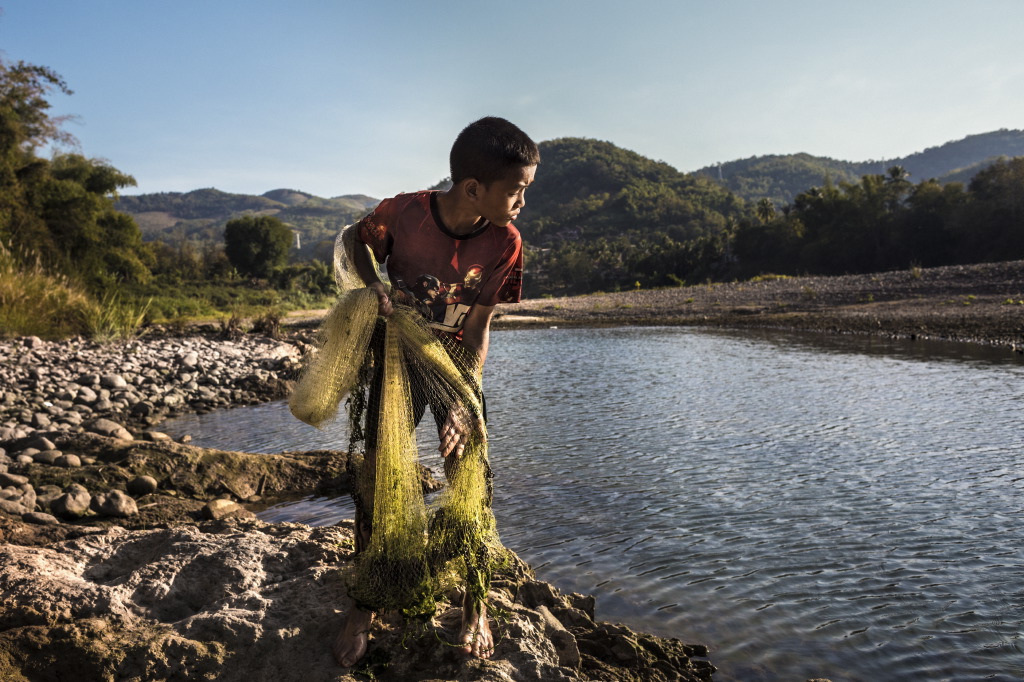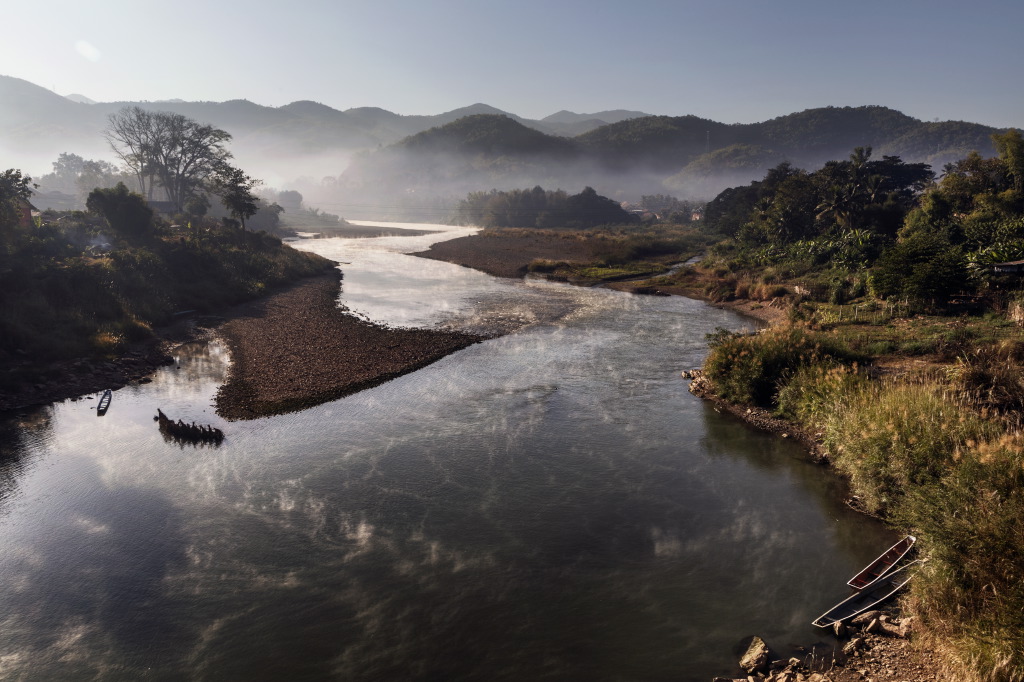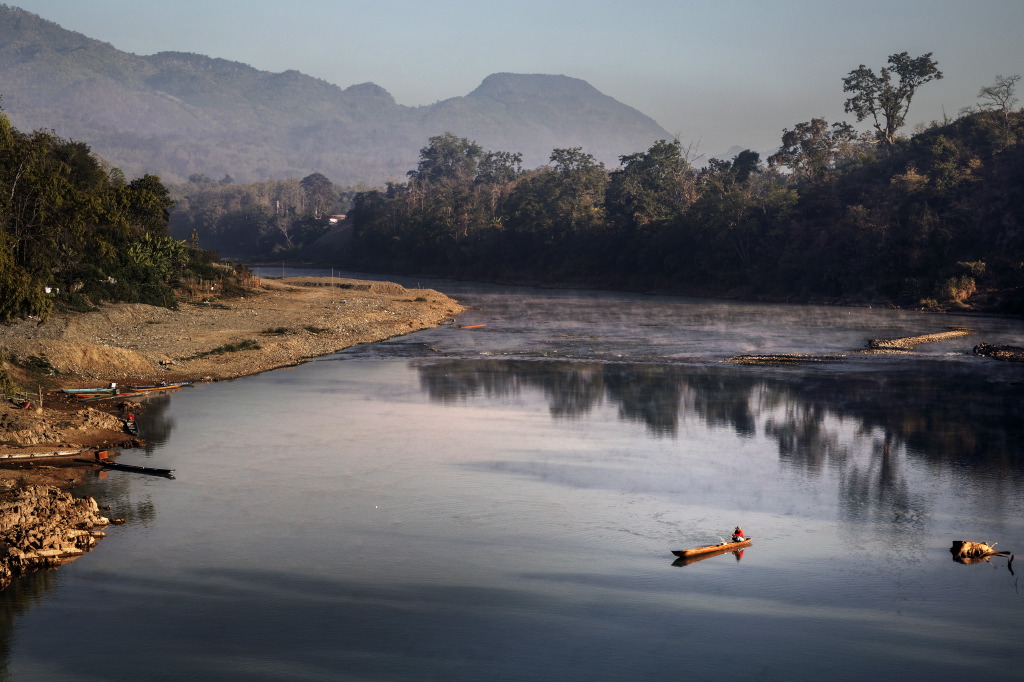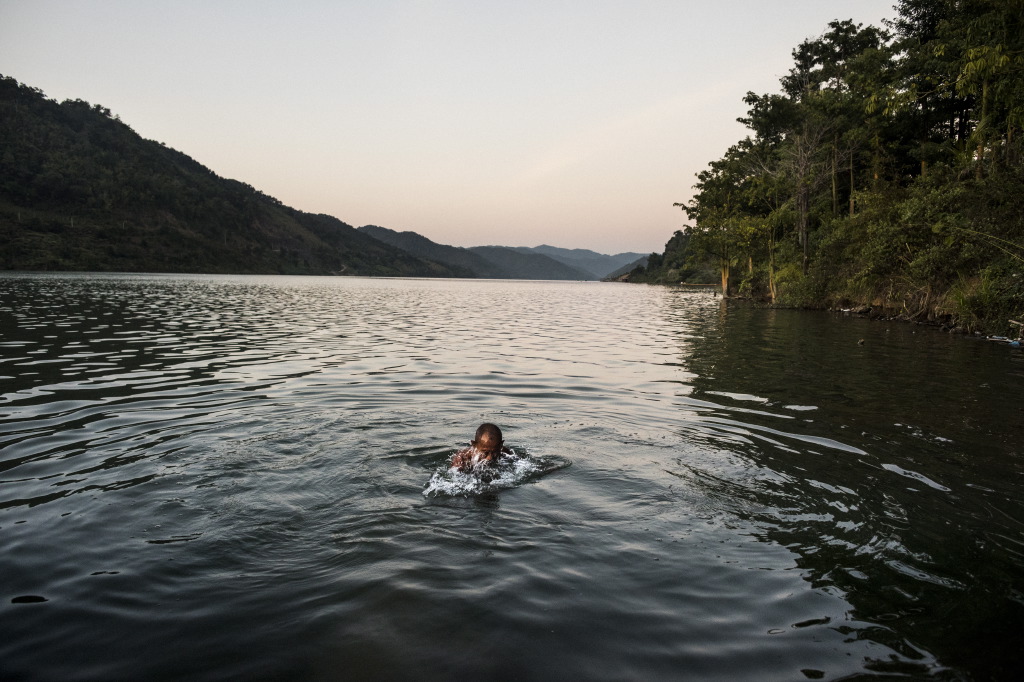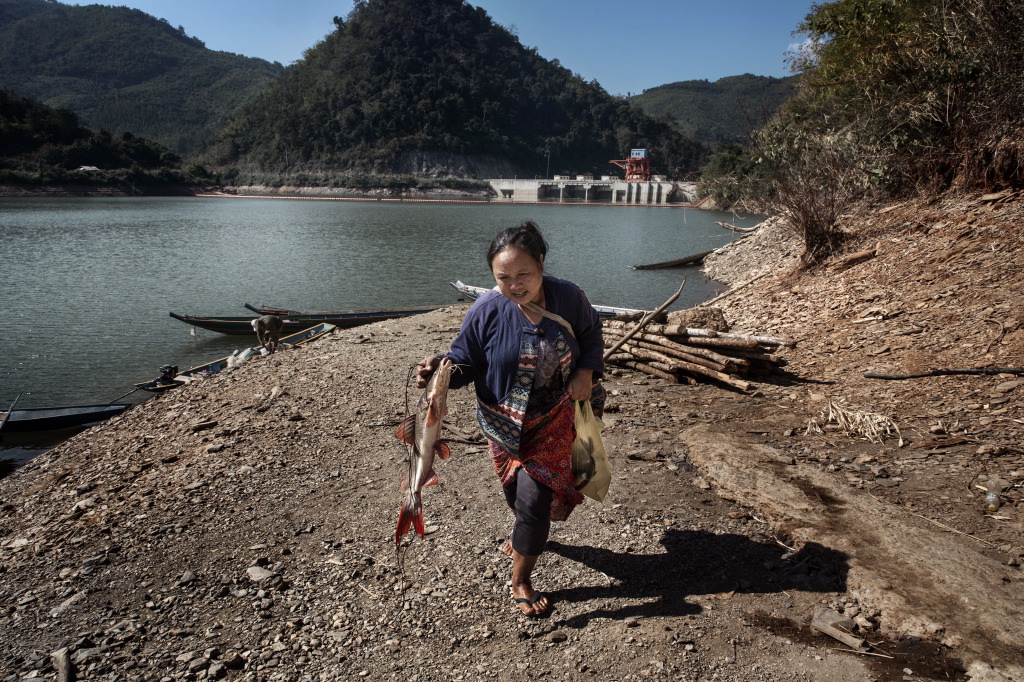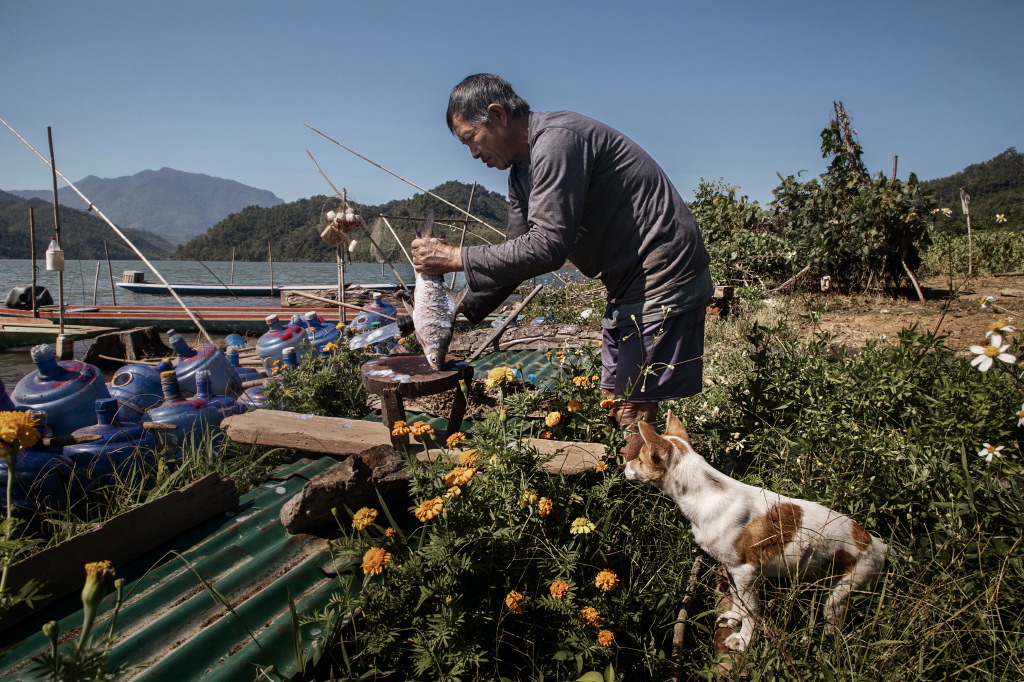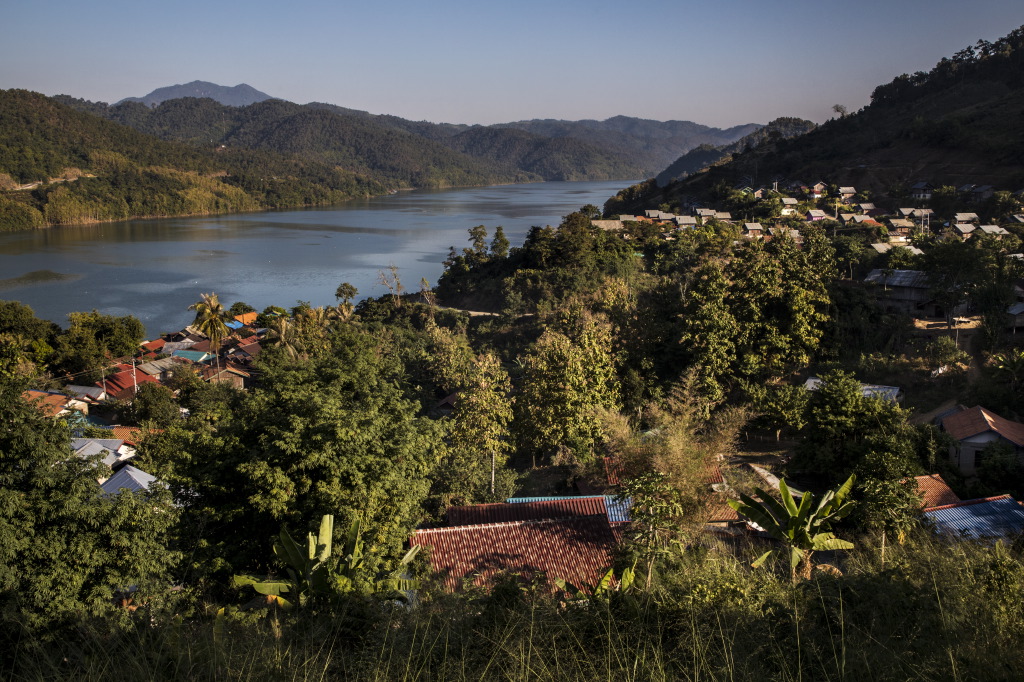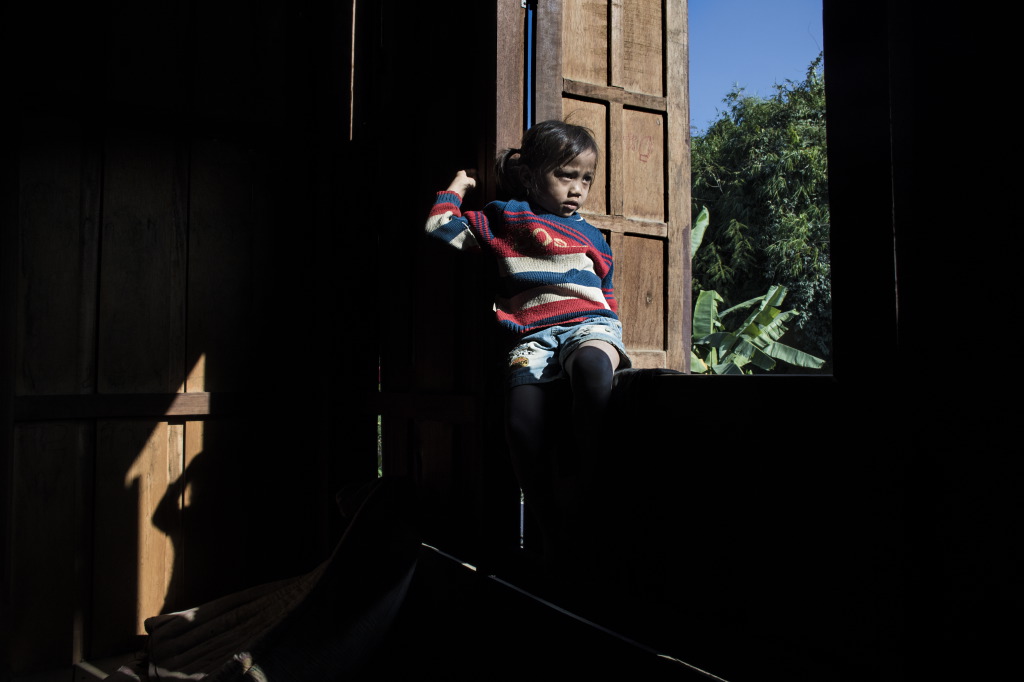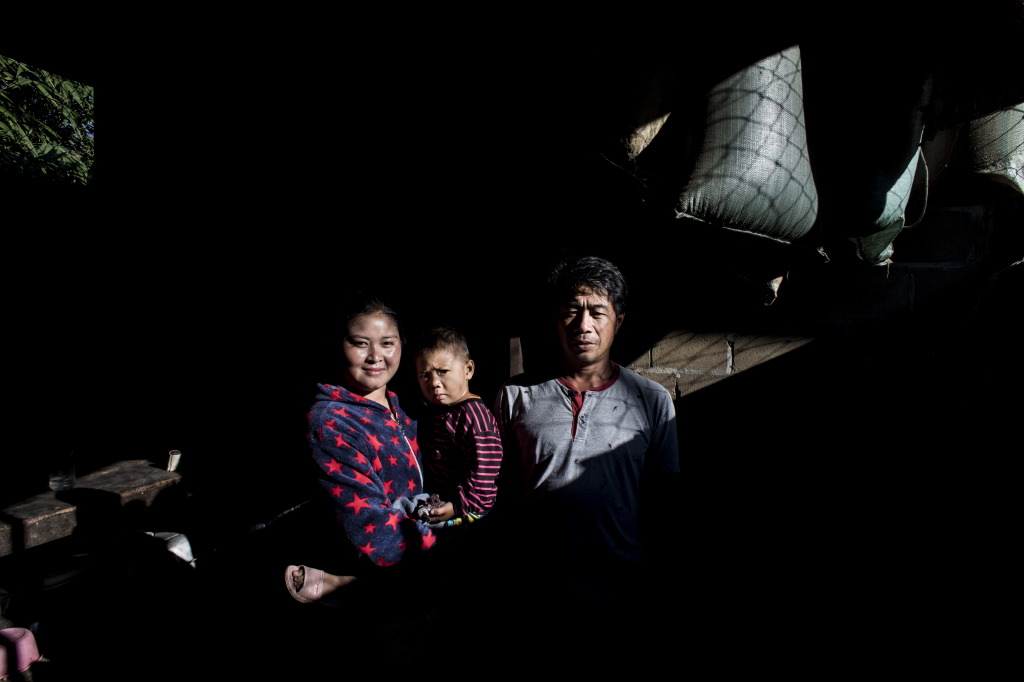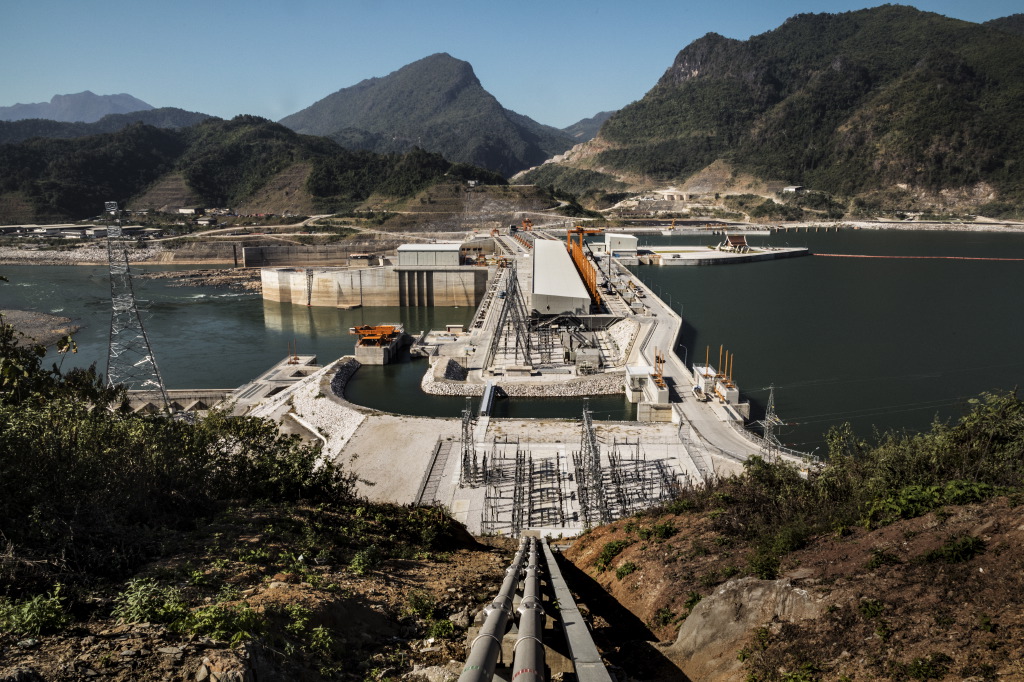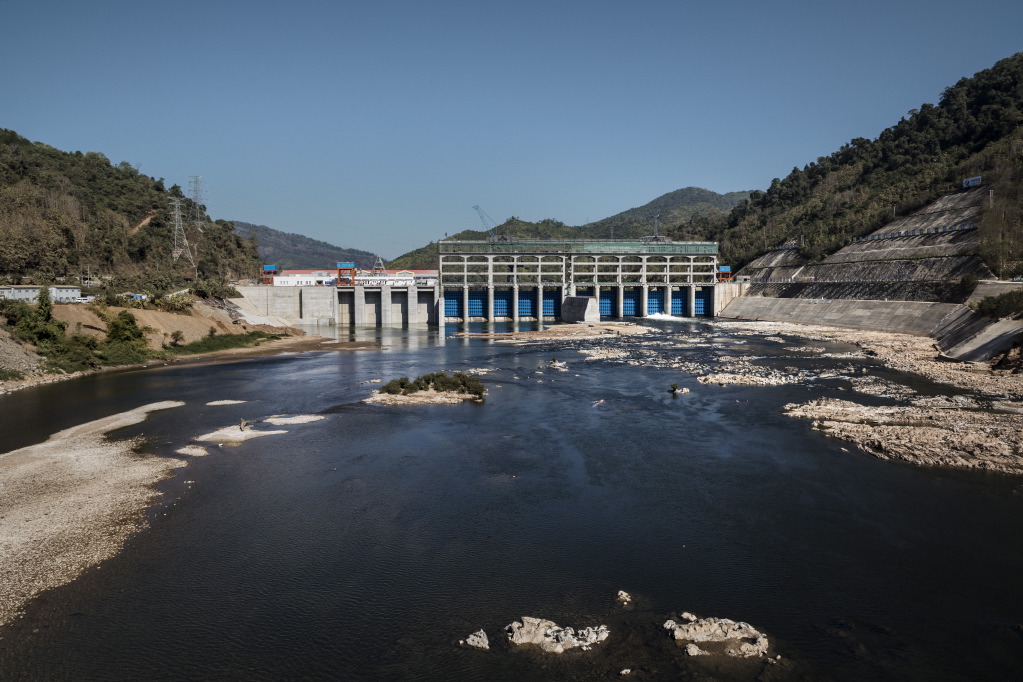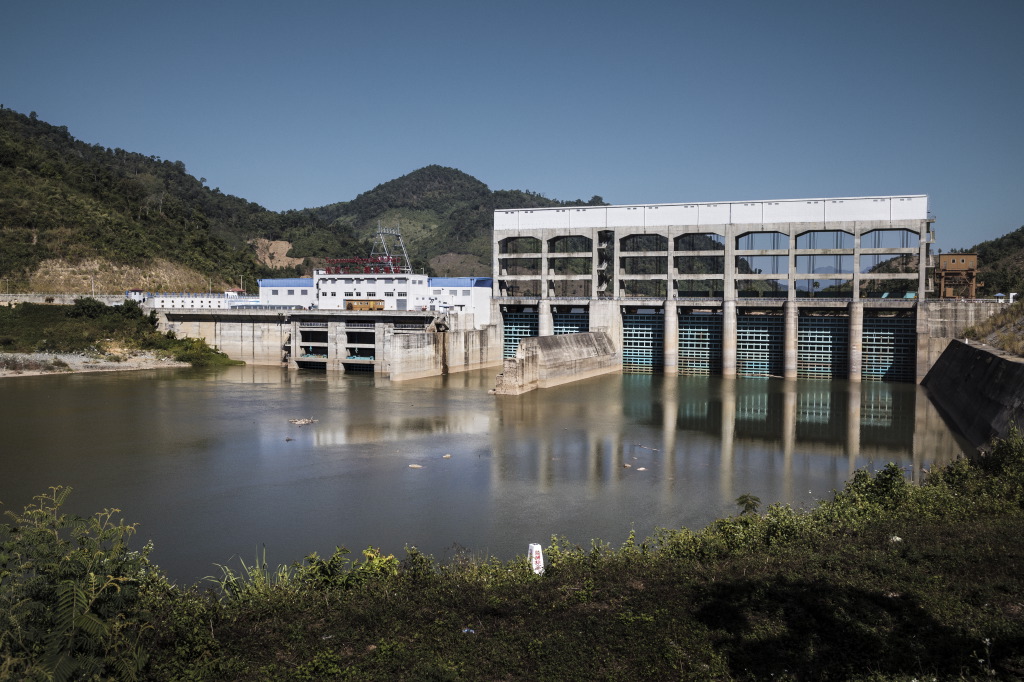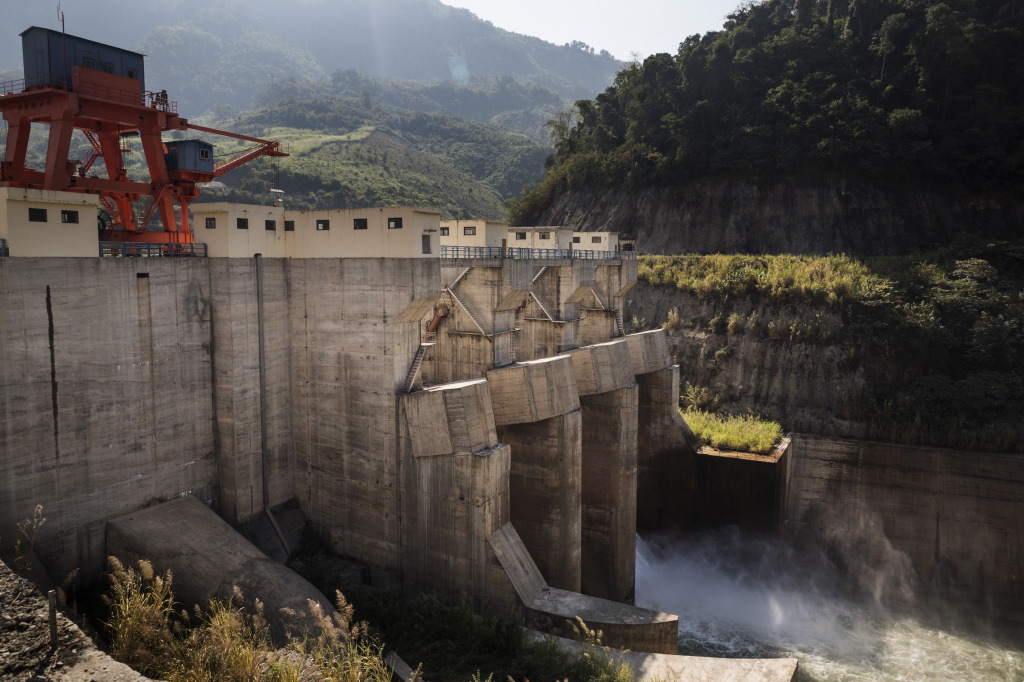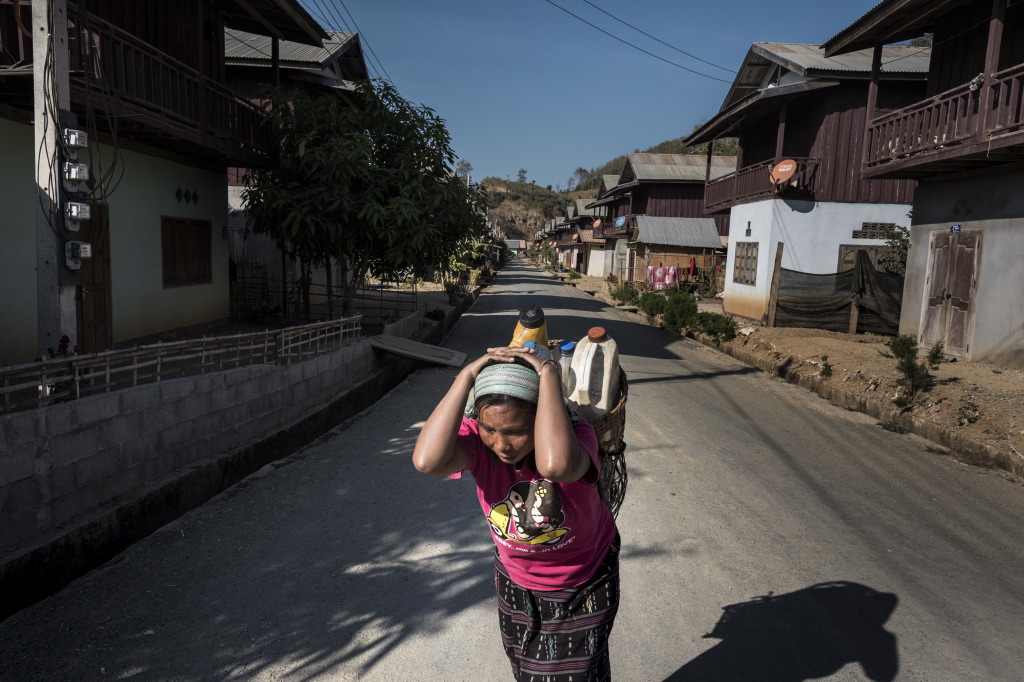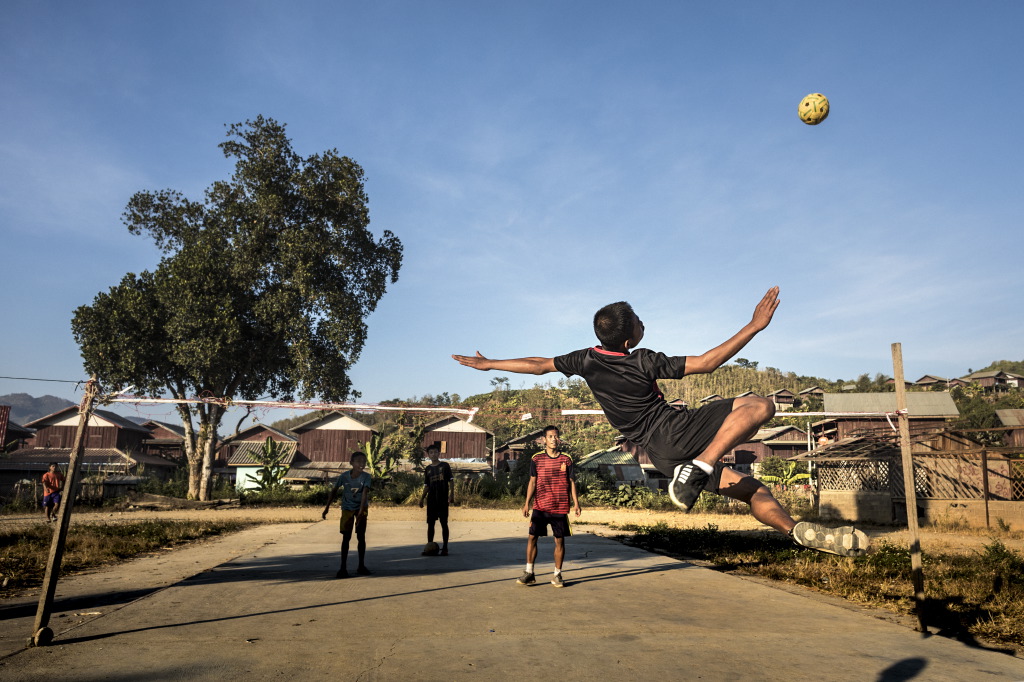X
The Mekong river is the longest river in South-Est Asia and the source of livelihood for more than 60 million people. It provides fish and water to the ones living along its hydrographic basin and it is the main pillar for the economic development of the Region. It flows for 4.800 km crossing six different countries, with unique ecosystems plenty of biodiversity. At the very beginning of November 2019, the hydroelectric plant located in Xayaburi, in Northern Laos, got into operations; it has costed several billions of US dollars and it has been built in nine years, mainly thanks to Thailand’s funds. It exploits Mekong’s river water, with its 1,3-gigawatt power, and it is going to provide electric energy mainly (96%) meant to be purchased by the Electricity Generating Authority of Thailand. From the moment operations started, the dam of the power plant in Xayaburi made Mekong waters go down by one and a half meter, the lowest level ever recorded in the last century. Nevertheless, the Laotian Government is planning to build about additional 140 dams in the next years, along Mekong river and its tributaries, thanks to funds mainly (50%) provided by the Chinese Government and with the ambition to become “the battery of Asia”. Environmentalist, experts and representatives from the local communities have been warning since many years about the exploitation of Mekong that has been causing, and will keep causing, massive damages to the dozens of millions fishermen living in its basin and whose survival has been relying on fish and its catch since ages; now, their future seems to be put at risk more than ever. From China to Vietnam, hydroelectric dams are interrupting the natural flow of Mekong river and its tributaries, holding and then loosing the water so to run huge turbines. Nowhere else but in the communist State of Laos, the situation is so utterly evident, with 46 dams operating along rivers and with their flows making abuse of Mekong water, thus generating a 6.5000-megawatt of combined energy power. Contaminants are leaked in its waters daily, affecting fish and crustaceans first, then their catch – by million tons per year – that’s exported across the whole world, with an estimated turnover of 17 billion of US dollars. Additionally, Global Warming is endangering the mere existence of the Tibetan glaciers where Mekong river is born and is influencing the regularity and intensity of seasonal monsoons rains that flow the river along its path. Yet, exploiting its enormous hydroelectric potential is the main issue and not only on the medium to long-term run. Last year, a dam collapsed in Laos and caused a flood that killed dozens of people and destroyed thousands of buildings; the accident was caused by a human error or so the Government of Laos stated, though culprits were never identified. Thousands of Laotian people had to move so to make room for plants and their connected basins, with entire villages, inhabited ever since, submerged by water and thus impacting the local communities who had been living by the river and forcing many of the inhabitants to dramatically change their life style as they could no longer count on Mekong and its sources. (Text by Luca Catalano Gonzaga).
